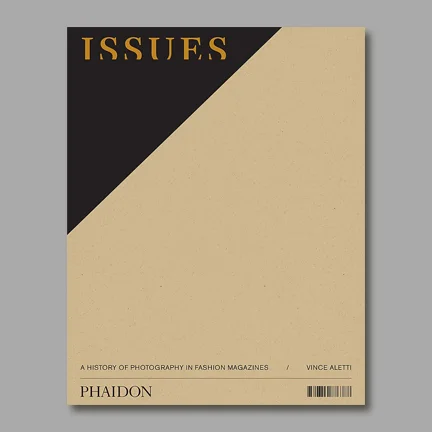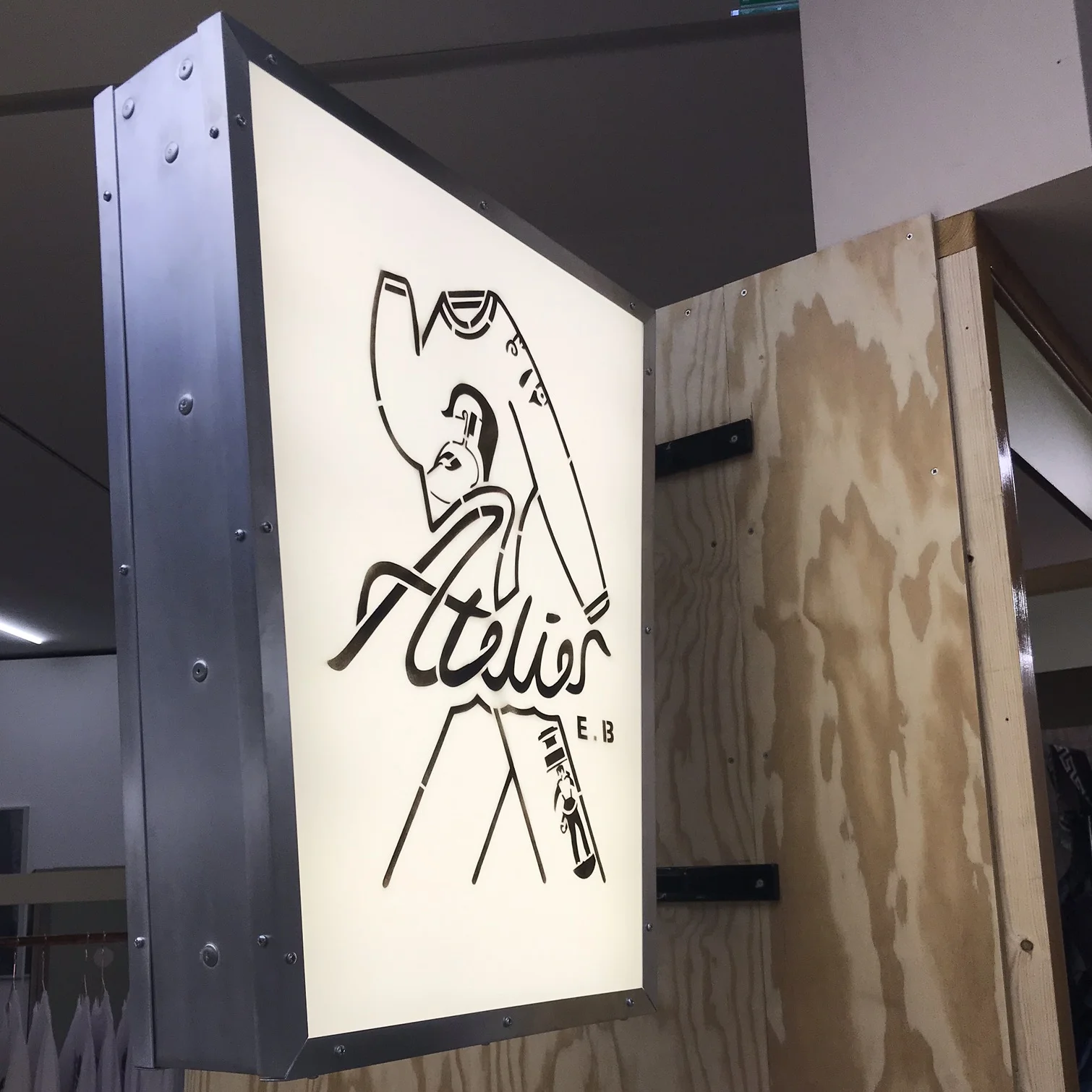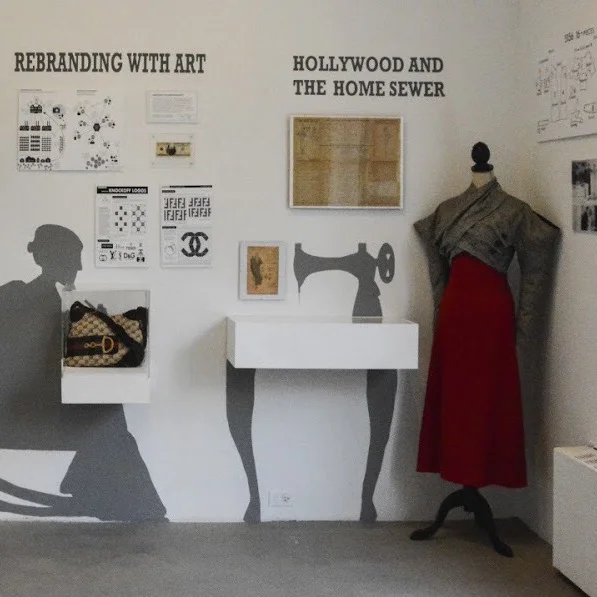Open from November 7th, 2019 to March 22nd, 2020, Marche et Démarche at the Musée des Arts Décoratifs, Paris, presented a global history of shoes and examined the influence they have had in modifying our bodies and our perception of self.
Exhibition Review: The Tuxedo Redefined: Formality, Fluidity, and Femininity
For three and a half weeks in early 2020, long before our lives were shaken by a global pandemic, the shifting dynamics of formal dress were celebrated in The Tuxedo Redefined: Formality, Fluidity, and Femininity.
Book Review: 1950's in Vogue, The Jessica Daves Years
Donna MacDonald reviews the latest text by Rebecca C. Tuite, outlining Vogue magazine’s year under the leadership of former editor Jessica Daves.
Book Review: Teaching Fashion Studies
Between a global pandemic and surge in conversations around racial equality, the need to reassess how we teach fashion feels more urgent than ever.
Exhibition Review: Thierry Mugler: Couturissime
Monica di Vidi reviews the illustrious career of famed French designer Thierry Mugler, looking at his most iconic designs, celebrity costumes, and the most recent exhibition of his work at the Kunsthal Rotterdam.
Review: "Fashion, Body and Culture" International Conference
Billy Davis reviews a one-day international conference that offered fascinating insights, from a range of fields, showing how fashion is so much more than just the business of the clothes that we wear.
Menswear Matters: Inside the Westminster Menswear Archive
Eanna Morrison Barrs reviews the recent exhibition, Invisible Men: An Anthology from the Westminster Menswear Archive, held at the vitally important menswear study collection at the Westminster Menswear Archive.
Book Review: Writing Fashion in Early Modern Italy: From Sprezzatura to Satire
Ludovica Mucci reviews Eugenia Paulichelli’s Writing Fashion in Early Modern Italy: From Sprezzatura to Satire. The text is one of the first comprehensive studies of sixteenth and seventeenth century Italian fashion, exploring the way fashion shaped the social, political, and cultural landscape in Italy.
Clothes are transitive things in the slavery archive: Serving simultaneously as modes of identification for recapture and as critical expressions of identity and self-making.
Book Review: Work! A Queer History of Modeling
In this thoroughly researched and accessibly written book, Elspeth H. Brown artfully weaves several narratives together to present a unique history of twentieth-century American culture and capitalism. Fundamentally, she argues that capitalist heteronormativity has been shaped largely by queer sensibilities.
Review: Virgil Abloh: "Figures of Speech"
Appropriately situated in Chicago, Abloh’s base (or close enough, as his hometown is actually Rockford, west of Chicago), Virgil Abloh: “Figures of Speech” geographically positioned the ever-moving designer, his legacy and his work in a stationary institution meant for art.
Book Review: Legendary Artists and the Clothes They Wore
Eanna Morrison Barrs reviews Terry Newman’s Legendary Artists and the Clothes They Wore, a text exploring the complex relationships notable visual artists in the twentieth century had with their clothes.
Review: JAY JAXON: Fashion Designer, Le Couturier, Costumer
Jay Jaxon was not only the first American to head a Parisian couture house, but also the first black person to do so. Curiously, however, Jaxon’s name is often left out of the annals of fashion history. A recent exhibition at the Queens Library shines light on this often-overlooked figure.
Book Review: The Conscious Closet: The Revolutionary Guide to Looking Good While Doing Good
Emilia J. Boulton reviews Elizabeth L. Cline’s latest book, The Conscious Closet, a guide to exploring ethical fashion.
Book Review: ISSUES: A History of Photography in Fashion Magazines
Marley Healy reviews Issues: A History of Photography in Fashion Magazines, Vince Aletti’s latest tome, exploring the 100 best fashion photographs seen in magazines.
Review: A Tale of Two Quants
More frequently than one might imagine, multiple fashion exhibitions on similar topics pop up around the same time. While it is not unusual for trends in fashion exhibitions to occur, it is somewhat unusual for two museums in the same city to be running concurrent exhibitions on almost the exact same subject.
Review: Atelier E. B.: Passer-By
Passer-By tackled an issue with which consumers come into contact every day: the multitude of ways that clothing can be displayed through artistic, kitschy, and historical contexts, and how this changes the way the clothing is interpreted.
Review: The Krystyna Campbell-Pretty Fashion Gift
The Fashion Gift is one of those sprawling exhibitions with so many items it’s almost in danger of undercutting their individual value. There are a few moments when you might be forgiven for thinking you’ve been trapped inside a fashion labyrinth.
Review: Gray Area: Authenticity, Value, and Subversion in Fashion
Gray Area uses technology, counterfeits, and even a pair of socks from Diet Prada to illustrate how many of the conversations we have within the field of fashion studies are not cut and dried but rather an intricately layered and varied dialogue.
Review: Femme Fatales: Strong Women in Fashion
Fashion is a powerful medium that permits the display of narrative by both its producers and consumers, and can be used to study our society, reading the past and present to try to imagine the future. But is there a difference between men and women in the use of fashion to communicate thoughts and express ideas?


















